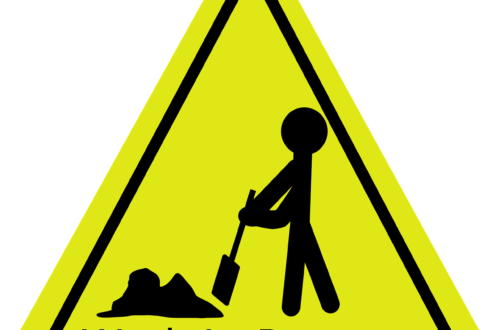
e-Portfolios
I think e-portfolios seem like a fantastic idea to maintain all of your professional knowledge and display your capabilities. I had never heard of these before starting my Masters in Applied Digital Learning. I knew some people had personal websites, but I always assumed that these sites were for important people like movie stars, musicians, and writers. I never thought a teacher or a student would benefit from one. I now see how useful the tool can be for organizing my professional knowledge.
Once the students feel academically abandoned, they give up on education. These students each have their own subjective experiences, and while these constructs can be, but not limited to, internal manifestations, none can be dismissed as imaginary (Blanche & Durrheim, 1999). Educators’ goals should include plans to help these low-performing students. However, instead students experience teachers who are unable to approach the low-performing students with professionalism, either due to inability to implement successful teaching strategies or lack of experience (Ivankova, et al., 2016). Research shows that teachers and parents have similar negative attitudes towards a low-performing child that shows behavioral problems, and this even extends to the interactions of a low-performing with their peers (Ivankova, et al., 2016). This negative attitude engulfs their whole life. As a teacher, our perceptions and actions should create an environment that otherwise deviates from these students’ daily norms. Low-performing students are typically more mobile (Winters, 2015), allowing for such students to freely exit the education system by physical or mental means.
As such, their social and emotional needs are often neglected due to relationships that often become hostile when dealing with classmates or teachers (Ivankova, et al., 2016; OECD, 2016). As we look at one of the largest cities’ educational systems, New York, evidence is clear that charter schools systematically push out difficult-to-educate students (Winters, 2013). In theory, this should not happen, especially in traditional schools where all students are to be accepted and accommodated as a matter of course. Yet the nation still sees a dropout rate of 15-18%. This rate has largely remained static for the last 20 years (U.S. department of education, 2004).
Resources:
Blanche M, T., & Durrheim, K. (1999). Section 2. In Research in practice: Applied Methods for the Social Sciences (p. 147). essay, UCT Press.
U.S. Department of Education Institute of Education Sciences, Kaufman, P., & Naomi, M., Dropout rates in the United States: 200121–21 (2004). Washington, DC; Dept. of Education.
Winters, M. A. (2015, February 28). Pushed out? low-performing students and New York City charter schools. Civic Report no. 95. Manhattan Institute for Policy Research.





